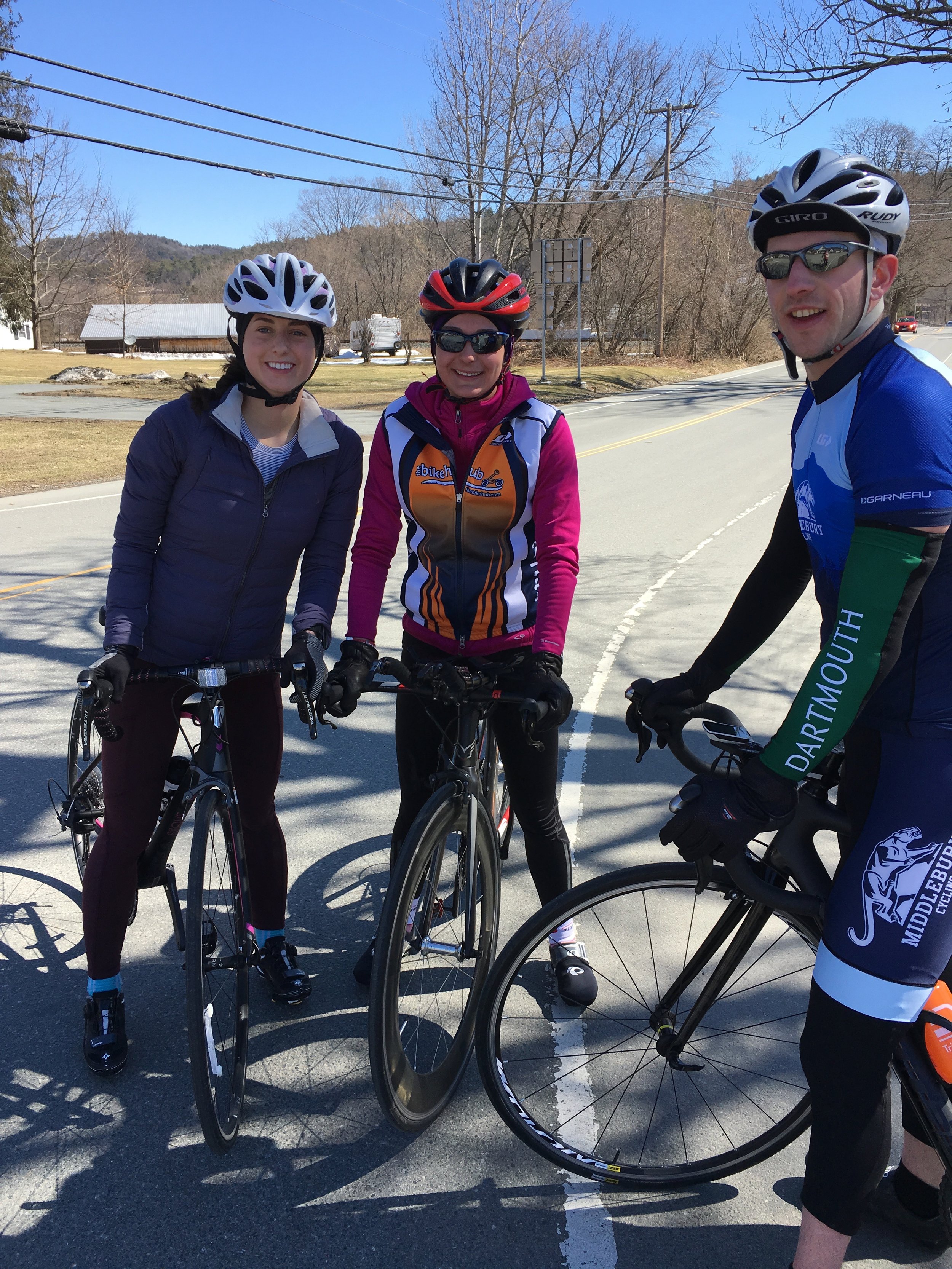Humans are pack animals. We have evolved over hundreds of thousands of years to work together in tribes as a matter of survival. In the modern era, it’s common to live a mostly isolated life. We no longer rely on the people around us to help hunt and gather food, provide group safety, and enforce societal norms. But that doesn’t mean we never feel anxious or alone. If you’re missing a sense of community -- or you’re missing something that you can’t even identify -- consider joining a tribe.
If you’re an endurance athlete, you’re lucky. There are tribes everywhere. In our younger years, school sports teams and clubs form our first athletic tribes. Those groups take many shapes and sizes in life after college. A local Masters swim group or a weekly group ride are a type of tribe. Tribes can be informal, too -- the “crew” you meet up with for an early morning run on Tuesdays, or the group you can call when you’re hankering for an outdoor adventure. The point is, you need one. Considerations for why you belong in an athletic tribe:
Tribes provide a sense of belonging and purpose. They serve a common goal, foster accountability, and offer learning opportunities. Would you do those hill repeats in the cold rain if you hadn’t planned to meet your friends there? Probably not. Collective action gives us the courage to tackle and embrace hard physical activity.
Tribes help us connect to our primal roots. We need and thrive on physical proximity to others to escape our evolutionarily unnatural modern lifestyle. Exercising alongside our peers makes us dig deeper and work harder than we ever would alone. We need this communal activity to maximize our performance and optimize our health.
Tribes afford an environment that invites action. Ease of action facilitates habits that help us move forward toward our goals. The less we need to think about logistics and schedules, the less friction we will encounter on this road. If we know the tribe is training, all we need to do is show up.
Tribes are a top three performance enhancer (after sleep and nutrition). When endurance sports light up our brain, the tribe throws gasoline on that fire. There is nothing quite like a hard group run or ride to send our brains and bodies into a brilliant, fully alive state.
Tribes favor a close, communal connection where we are judged not by our externals such as the family we were born into, our education, or our societal status but rather the hard work and respect we bring to our sport and into the group. The best tribes are egalitarian in a modern, media-driven world of stratification and division. We are genetically encoded to protect and be fair within our tribe.
Be judicious about which tribe you join. Listen to their narratives and learn what type of tribe they are. Choose people who will positively challenge and elevate you. And if a tribe doesn’t exist in your community, build one. It takes time and effort, but the reward for uniting people with common goals outweighs all those emails, logistics, and meetings. Besides, a good leader always gives more than they take. Your leadership will be contagious and you will soon attract people who will happily help build the community.
You are needed. You are valued. You belong in a tribe. -Jim





